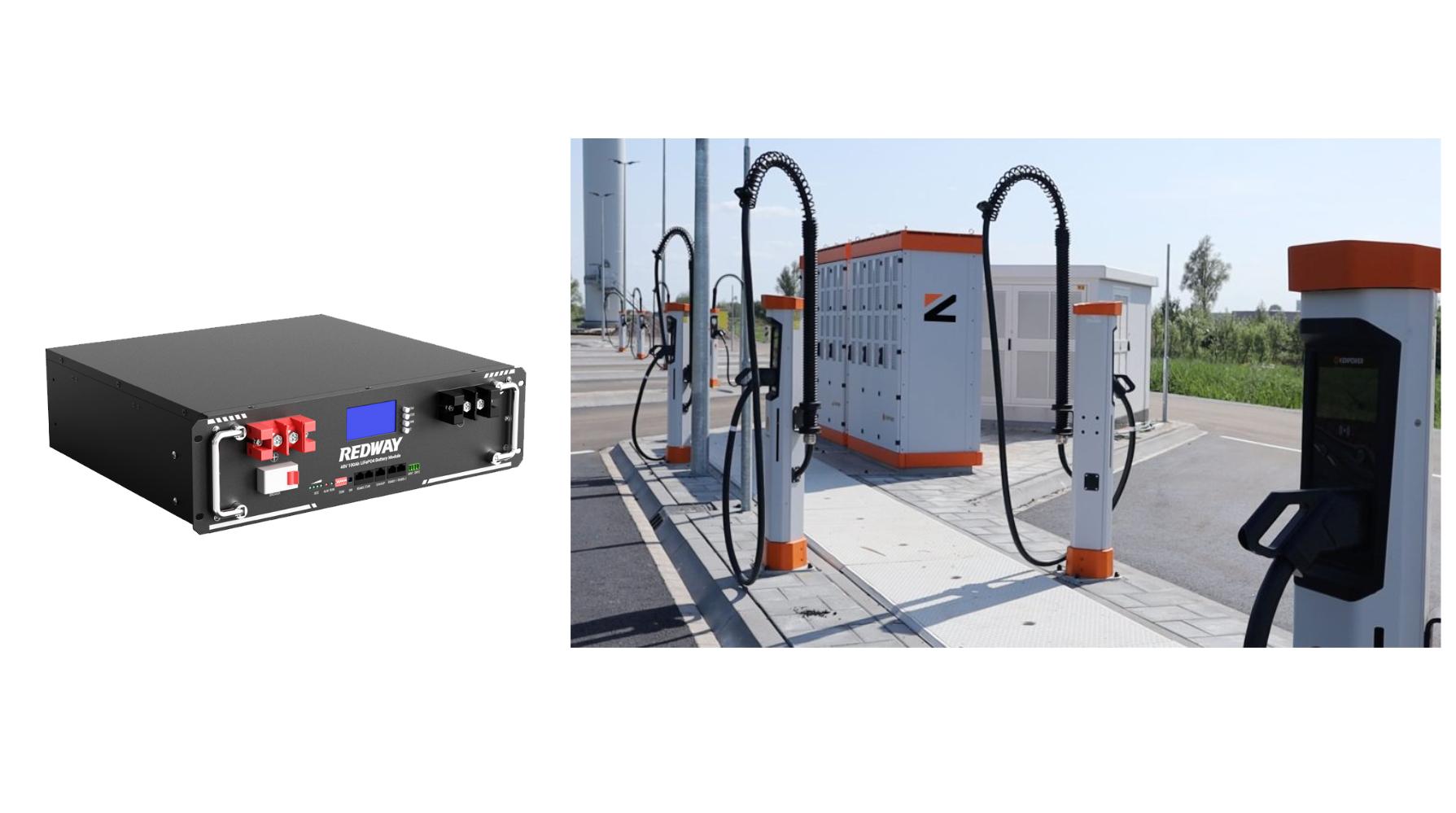EV charging stations in Ohio provide Level 1, Level 2, and DC Fast Charging options. Level 1 uses standard 120V outlets (slowest), Level 2 operates on 240V (common for public/commercial use), and DC Fast Chargers deliver rapid charging at 480V. Stations are managed by networks like ChargePoint and Electrify America, requiring app-based access or RFID cards for payment and activation.
What Types of EV Batteries Are Used in Ohio?
Most EVs in Ohio use lithium-ion batteries due to their high energy density and longevity. Some commercial vehicles employ nickel-metal hydride or solid-state batteries. Ohio’s climate demands batteries with thermal management systems to handle temperature fluctuations. Local manufacturers, including those supplying Lordstown Motors, prioritize batteries with 200+ mile ranges for practicality.
Which Companies Operate EV Charging Stations in Ohio?
Major operators include Electrify America, ChargePoint, EVgo, and Tesla Superchargers. Regional players like Greenlots and local utilities (e.g., AEP Ohio) also manage stations. Tesla dominates highway corridors, while ChargePoint focuses on urban hubs. Ohio’s DriveElectric initiative collaborates with private firms to expand rural access, ensuring statewide coverage.
Wholesale lithium golf cart batteries with 10-year life? Check here.
How Much Does It Cost to Charge an EV in Ohio?
Public charging averages $0.28–$0.45 per kWh in Ohio, with monthly home charging costs ranging from $30–$60. DC Fast Chargers cost 25–40% more than Level 2. Time-of-use plans from utilities like Duke Energy offer off-peak rates as low as $0.12/kWh. Subscription models (e.g., EVgo’s $12.99/month) reduce per-session fees by 15–20%.
Are There Incentives for EV Charging Stations in Ohio?
Ohio offers a 50% rebate (up to $5,000) for commercial charging stations via the Ohio EPA’s VW Settlement Fund. Federal tax credits cover 30% of installation costs (up to $30,000). Utilities like AEP provide $500–$1,000 rebates for home chargers. Businesses can deduct $7,500 per station under the Alternative Fuel Tax Credit.
Want OEM lithium forklift batteries at wholesale prices? Check here.
How Does Ohio’s Climate Affect EV Battery Performance?
Subzero winters reduce lithium-ion battery efficiency by 20–40%, requiring preconditioning via grid power. Summer heat above 90°F accelerates degradation without cooling systems. Ohio-specific EVs (e.g., Chevrolet Bolt) use liquid thermal management to maintain 60–80°F optimal ranges. Parking in garages and limiting fast charging in extreme temps prolongs battery life.
What Are Ohio’s Future Plans for EV Infrastructure?
Ohio’s 2023 NEVI Plan allocates $100 million to install 50+ fast chargers along I-70, I-71, and I-75 by 2025. The state will standardize 150kW+ chargers every 50 miles. Columbus’s Smart City Initiative aims for 300 public stations by 2024. Partnerships with Rivian and GM will establish charging hubs near Cleveland and Cincinnati.
How Does EV Adoption Impact Ohio’s Energy Grid?
Ohio’s grid can support 500,000 EVs but requires $200 million in upgrades for 2030 projections. Time-of-use rates and vehicle-to-grid (V2G) pilots in Columbus shift demand. AEP’s Phase 1 plan adds 50 MW of battery storage to balance loads. Overloading risks peak at 7–9 PM, mitigated by smart charging algorithms.
Expert Views
“Ohio’s EV growth hinges on balancing urban and rural infrastructure,” says a Redway Power spokesperson. “Our battery designs integrate graphene additives to enhance cold-weather performance, addressing Midwest winters. Collaborating with utilities, we’re piloting 350kW stations that charge in 10 minutes—critical for interstate logistics. The next challenge is recycling; Ohio needs localized facilities to process 5,000+ tons of spent batteries annually.”
Conclusion
Ohio’s EV charging network is expanding rapidly, supported by state incentives and adaptive battery tech. Strategic investments in highways, smart grids, and temperature-resilient infrastructure position the state as a Midwest EV leader. Challenges remain in grid modernization and recycling, but partnerships between automakers, utilities, and policymakers promise a sustainable transition.
FAQs
Q: Can I charge a Tesla at non-Tesla stations in Ohio?
A: Yes, using a CCS adapter. Tesla Superchargers in Dublin and Toledo now offer Magic Dock compatibility for non-Tesla EVs.
Q: Does Ohio tax EV charging?
A: Ohio imposes a $200 annual fee on EVs, replacing gas taxes. Public charging incurs 5.75% sales tax, but home charging is untaxed.
Q: How long do EV batteries last in Ohio’s weather?
A: 8–12 years on average. Warranties (e.g., Nissan Leaf’s 8-year/100,000-mile coverage) protect against capacity loss below 70–75%.






